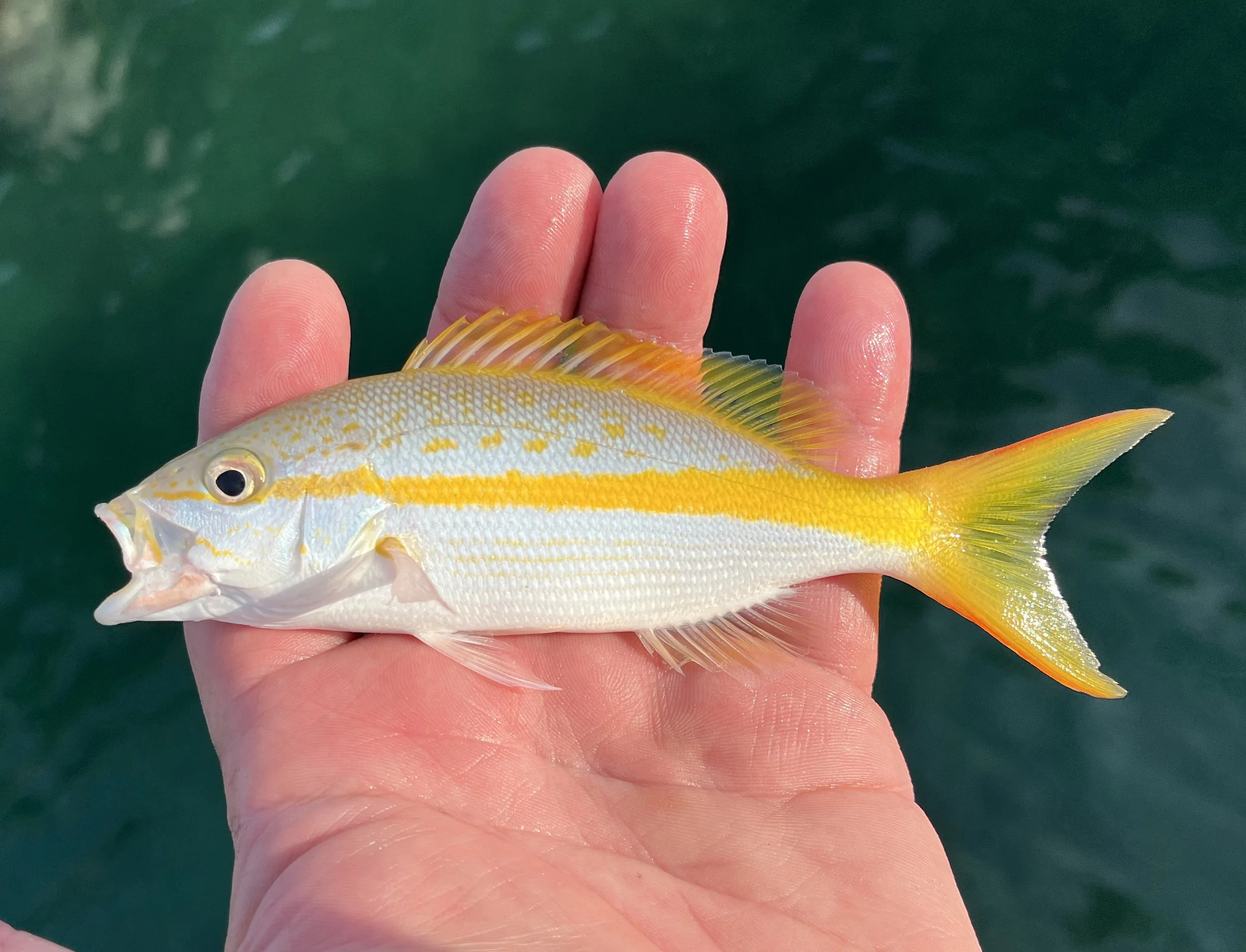Wildlife Watching Wednesday: The Cheerful Tufted Titmouse
By: Tom Berg
The tufted titmouse seems to be a cheerful bird – at least it sounds that way from its cheerful “peter-peter-peter” song. This small bird is mostly gray with a soft white belly. Most individuals have a light tan-colored patch on their sides, just below their wings. They also have a distinctive gray crest on top of their heads, which they can raise or lower depending on their mood. Their short black bill is accented by a small black spot just above it on their face.
Tufted titmice (that’s the correct plural form) are common visitors to back yard bird feeders, especially when the feeders are filled with black oil sunflower seeds. They also visit suet feeders. They are small birds, but they are a bit larger than the chickadees that also visit the same bird feeders. Even so, an adult tufted titmouse weighs less than one ounce!
Like many birds, the tufted titmouse has a habit of taking seeds from a bird feeder and stashing them somewhere so they can eat them later. They are real hoarders! This is important when winter sets in up north, and the cold and snow make finding enough food essential for survival. Their hiding spots are usually fairly close to the feeder, and they have a remarkable ability to find the stored seeds later.
Besides sunflower seeds, tufted titmice eat other seeds like peanuts that people put in their bird feeders, but they also find and eat natural seeds like acorns that fall to the ground under oak trees. These small birds are experts at opening the hard acorns, as they hammer away at them with their sharp beaks. During the spring and summer they eat plenty of insects like caterpillars, beetles, moths and wasps, too. They also eat a variety of small berries during the fall and winter when insects are scarce.
An interesting fact about the tufted titmouse is that it builds its nest in a tree cavity or hole excavated by a woodpecker. But it modifies the nest cavity by adding fur and hair to the nest, and these soft nest materials are often plucked from live animals like dogs, cats, squirrels, opossums, groundhogs and even people!
Have you had a great outdoor experience? Join Global Outdoors and write a review to tell everyone about it! We’re building the home for trusted reviews of outdoor experiences, outfitters, and guides.


